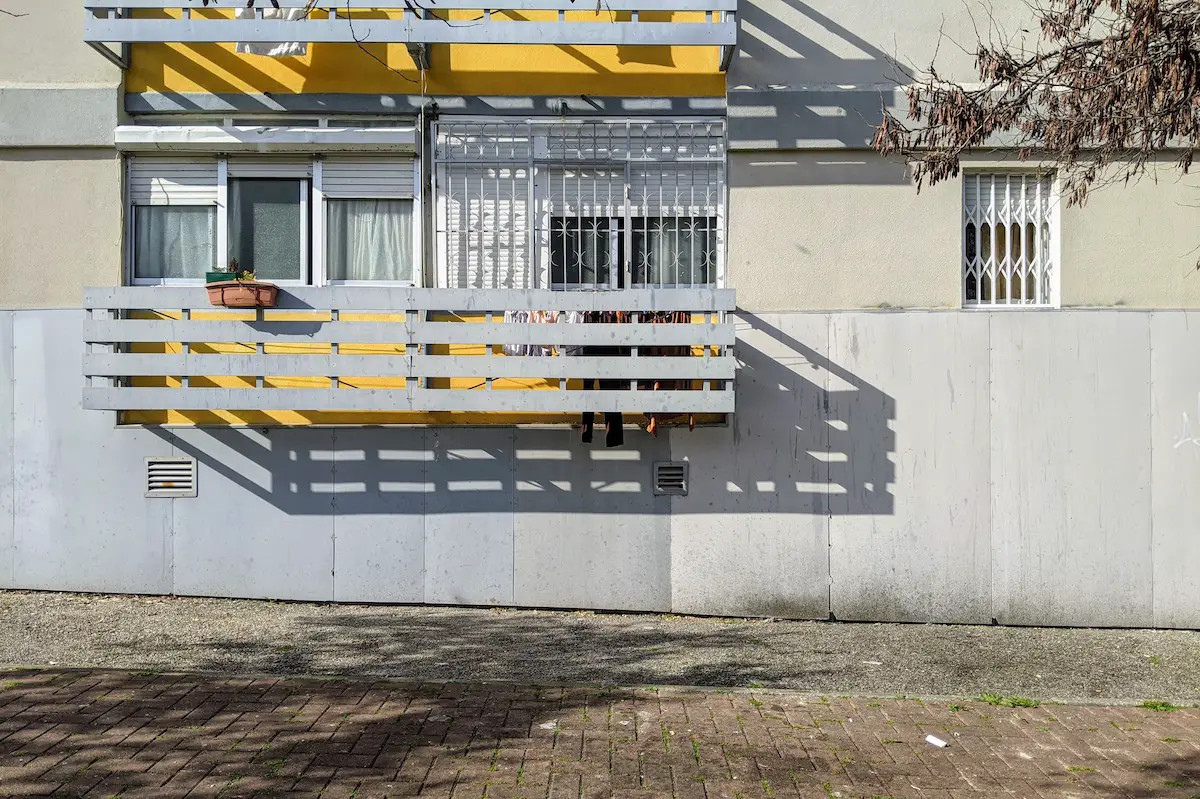Across the nations of the British Isles, there’s many names for the humble bread roll. Known in different areas as a rowie, bap, batch, barm cake (and a whole host of others), it’s the term ‘cob’ – claimed by some to be the original bread roll localism – that’s had the biggest impact on urban design. Stick with me on this one.
Stones of around 7-25cm (2.8-10 inches) in width have been used as road surfaces across European cities for centuries, replacing the dirt tracks that had been there for hundreds of years before that. Their small, round shape was said to be similar to a bread roll, leading, in English, to the name ‘cobblestone’.
Cobbles gave roads a longer lifespan and reduced maintenance requirements, ensuring horse and carts could travel more easily and pot holes occur less frequently. Cobblestones had other advantages, making it easier for pedestrians to cross, and, through the sound of wheels and hooves passing over a hard, moderately-bumpy surface, provided an advance warning vehicles were approaching. Cobbles could therefore be one of the earliest examples of road safety measures, even if that wasn’t the original intention.
Fast forward to present day and the cobbled street is iconic across Europe. But as life has evolved – namely our primary mobility mode – cities face a dilemma about what to do with their cobbled streets.
Remove or Move
In June 2019, the Mayor of Rome – Virginia Raggi – announced that the Italian capital planned to remove cobbles from 68 main roads, aiming to improve the experience of those on bikes and in motor vehicles.
Rome’s iconic cobbles have been part of the city since the 16th century, but local authorities claimed they faced struggles finding the specialised craftspeople to maintain them and budget to replace them, leading to poorly-maintained roads. The vibrations caused by motor vehicles driving over cobbles has been cited as a heritage concern, with buildings and statues surrounding cobbled streets said to to be degrading.
Aware of the importantance of the cobbled street for the city’s image and sense of place, the cobbles are being moved, not removed, taking up a new home on the city’s pedestrianised streets. Though 68 main roads will lose their cobbles, 118 pedestrianised streets will benefit from their reuse.
Keep the Cobbles!
For some cities, the cobbles are sticking around. Goslar, in northern Germany, was declared a World Heritage Site in 1992 due to its “1,500 exceptionally well-preserved half-timbered houses from different eras.” Also noted by UNESCO as a reason for its World Heritage Site status? The city’s cobbled streets.
The cultural and economic value of such an accreditation means that maintenance of the city’s historic infrastructure essentially becomes mandatory. At least, the choice to remove them would result in its loss.
In other cities, keeping the cobbles requires public support. In Cambridge, England, recent proposals to remove historic cobbles from the city’s market to improve accessibility and make it easier to maintain were met with a negative reception from some locals, resulting in the formation of a campaign group against their removal.
Find a Hybrid Solution
In the Scottish capital of Edinburgh, cobbled streets, or setts, are part of life – and not just in the much-frequented city centre. In 2016, residents of the seaside suburb of Portobello voted by 57% to remove cobbles from a busy street and replace with asphalt, citing concerns about the suitability of the road surface for cars, buses and bikes.
The city council initially agreed, before reversing their decision in 2018. Edinburgh’s transport convener Lesley Macinnes said:
“We recognise setts as very much being part of the historical and cultural significance for this city and our policy is designed to maintain those streets and keep them in good condition for part of the modern life of Edinburgh.”
The city instead chose a hybrid solution. The road would be excavated, a solid foundation laid, and the existing cobbles relaid on top. On both sides of the road, a 1.5 metre (4.9 feet) strip would see the heritage cobbles replaced with ‘flat-topped setts‘ – a stone of similar shape to the cobble stone but with a flat top – to make it easier for cyclists to use the road.
Edinburgh’s chosen solution costs twice as much as asphalt. As Macinnes also said, “we have to decide what we value.”
Photo: Sarah Shaffer


